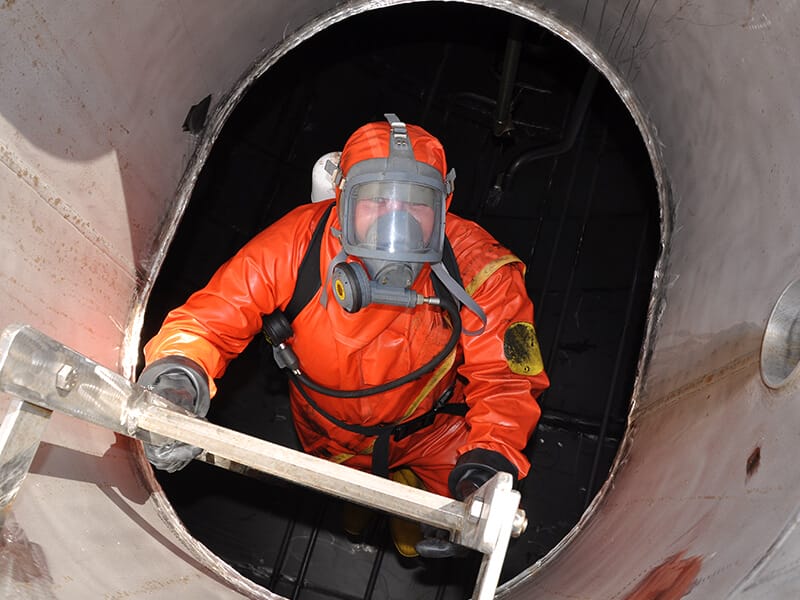
Monitoring Oxygen
Formula: O2 | CAS: 7782-44-7
Oxygen is the third most abundant chemical element in the universe, after Hydrogen and Helium. It is a major component of the world’s oceans and is present at its highest concentration known to man in our atmosphere when compared to other planets.
The Basics of Detecting Oxygen
Properties | Exposure | Detection
Oxygen (O2), also known as Dioxygen, is a colourless, tasteless, and odourless gas making up almost 21% of the Earth’s atmosphere. Many organisms use oxygen as a method of aerobic cellular respiration and are continuously replenished through the process of photosynthesis. While the question of who first discovered oxygen as an element is questionable, scientists began to realise its high importance and focused more attention on its characteristics.
”Oxygen-deficient atmospheres are the leading cause of confined space fatalities. While normal atmosphere contains between 20.8 and 21 percent oxygen, OSHA defines as oxygen deficient any atmosphere that contains less than 19.5 percent oxygen, and as oxygen enriched, any atmosphere that contains more than 22 percent.
Oxygen-deficient atmospheres: Created when oxygen is displaced by inerting gases, such as carbon dioxide, nitrogen, argon, or the ship's inert gas system or firefighting system. Oxygen can also be consumed by rusting metal, ripening fruits, drying paint, or coatings, combustion, or bacterial activities.
Oxygen-enriched atmospheres: Produced by certain chemical reactions, but in a shipyard they are typically caused by leaking oxygen hoses and torches. Oxygen enriched atmospheres present a significant fire and explosion risk.
Occupational Safety and Health Administration (OSHA)
Detecting Oxygen Within The Three Reservoirs
The Oxygen cycle describes its movement within and between Earth’s three reservoirs: the atmosphere, biosphere and lithosphere, with the main variable being photosynthesis.
- Atmosphere: Encyclopedic entry. We live at the bottom of an invisible ocean called the atmosphere, a layer of gases surrounding our planet. Nitrogen and oxygen account for 99 percent of the gases in dry air, with argon, carbon dioxide, helium, neon, and other gases making up minute portions.
- Biosphere: The biosphere is made up of the parts of Earth where life exists. The biosphere extends from the deepest root systems of trees to the dark environment of ocean trenches, to lush rain forests and high mountaintops.
- Lithosphere: The lithosphere is the rocky outer part of the Earth. It is made up of the brittle crust and the top part of the upper mantle. The lithosphere is the coolest and most rigid part of the Earth.
– National Geographic
Since oxygen is colourless and odourless when changing the environment from its standard to oxygen-rich or oxygen-deficient, a personal gas detector such as the ION Science ARA O2 Single Gas Detector should be considered. This portable detector alerts the worker to O2 gas exposure, providing an instantaneous alarm within a critical safety scenario. The device features a fast response time and sturdy construction, both important for use within hard environments.
Download our FREE Guide
“The Basics of Detecting Oxygen”
The basics of detecting Oxygen guide which can be downloaded below provides the reader with an in-depth balance of knowledge understanding the importance of monitoring oxygen levels when working in certain areas that involve entering confined spaces and working around fire. Identifying human exposure is key because when oxygen levels drops even by just a couple of percent there is an immediate reduction in the delivery of oxygen to human cells, this has an adverse physiological effect on an individual’s ability to function. Too much oxygen and then the risks of fire and explosions becomes more of a danger.













